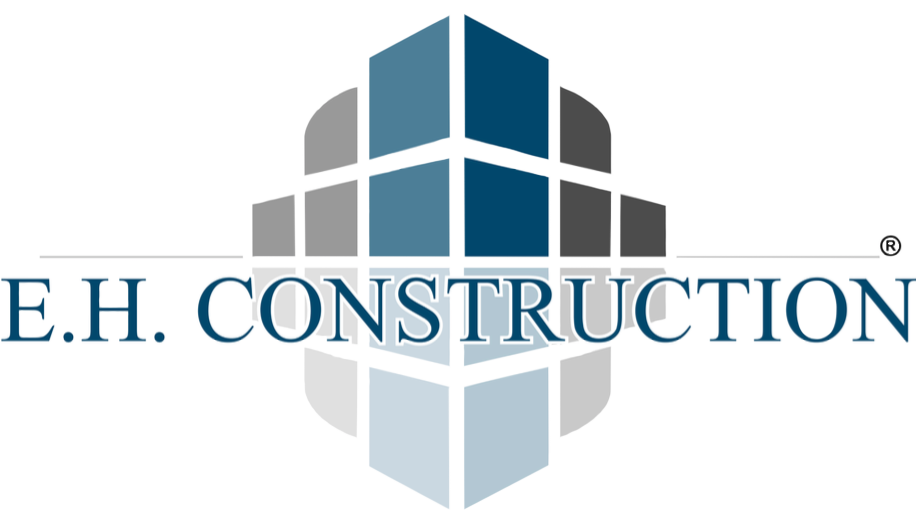What Is a Pre-Construction Meeting and Why It’s Important
You wouldn’t bake a cake without a recipe, go on a road trip without a GPS, or send a construction worker out with a backhoe and no clue where to dig. So why start a building project without a pre-construction meeting?
This often-overlooked step is actually one of the most important parts of any building construction project—and it’s your golden opportunity to get everyone (we’re talking contractors, home builders, architects, engineers, inspectors, and even the general contractor’s dog) on the same page before the real fun (read: noise and dust) begins.
Let’s break it down in plain terms—and have a little fun along the way.
So, What Is a Pre-Construction Meeting?
A pre-construction meeting is like the team huddle before a championship game. It’s where your entire construction team gathers to review the blueprints, floor plan, cost codes, timelines, change orders, daily report procedures, and all the nitty-gritty project details before ground is broken.
Think of it as the “before party” for your project—but instead of snacks and music, there are BIM (Building Information Modeling) charts, CAD (Computer-Aided Design) layouts, and a whole lot of talk about footer (footing) requirements and form details. Sounds thrilling, right? Trust us, it kind of is.
Why It Matters (a Lot)
1. Catch Problems Before They Happen
Imagine finding out mid-project that your framing team didn’t know about the fire-resistive specs for that back wall—or that the ready mix concrete truck was ordered for the wrong grade. 🫠
The pre-construction meeting lets your construction company identify red flags ahead of time, ensuring smoother building construction and fewer costly surprises.
2. Clarify Roles and Responsibilities
Who’s in charge of ordering the fascia? Who’s coordinating inspections? Who's making sure the felt (underlayment) gets installed properly? The meeting lays it all out, so no one’s guessing later on.
This is especially important for bigger teams including custom home builders, specialty subs, or large operations like L&T Construction. Clear roles mean fewer delays and fewer “Was I supposed to do that?” moments.
3. Coordinate the Timeline
Want to know when the foundation pour is happening? Or when the glulam (glued laminated beam) gets delivered? This is where the magic happens.
You’ll go over timelines, delivery schedules, inspection checkpoints, and when specific trades like electrical or forced air heating/cooling systems will be installed.
Pro tip: Keeping everything on schedule helps avoid budget blowouts—especially if you’re working under a cost-plus contract or need to keep an eye on the cost to build a house.
4. Review the Site Conditions
If your construction site is on expansive soils, or floating near a flood zone, or has trees right where the girder truss needs to go—now’s the time to discuss it.
You’ll also confirm site access, staging areas, and safety protocols so that no one accidentally drives a backhoe over your neighbor’s prized rose garden.
5. Define Communication Plans
How often are updates given? Who signs off on change orders? Where are daily reports submitted? Having a clear chain of communication is essential—especially when weather, materials, or life throws your floor plan a curveball.
6. Discuss Materials and Specs
Your contractor will confirm that the correct materials are being used—like green board (pressure-treated lumber) for humid areas, damp proofing for basements, or flashing for that complicated gable detail.
You’ll also verify that all materials meet code (hello GFCI (Ground Fault Circuit Interrupter) requirements) and are prepped for inspection.
7. Set Expectations for Quality and Budget
What does “done right” actually mean? This is where you discuss quality control, sign-off procedures, and how any adjustments will be handled—especially helpful when working with builders who use detailed bid systems or rely on cost codes to track progress.
Final Thoughts: It’s the Calm Before the Construction Storm 🛠️
Skipping the pre-construction meeting is like skipping leg day—it might seem like a shortcut now, but you’ll regret it later. Whether you're working with custom home builders on a dream passive house or navigating a big commercial project with L&T Construction, the pre-con is where coordination becomes collaboration.
It’s also a great time to sip your coffee, ask questions, and confirm that everyone knows what the heck a frieze board (bird block) is before it gets misinstalled.
So before you lay that first footer (footing), roll out the flatwork, or frame that first wall—schedule your pre-construction meeting. It’ll save you time, money, and a lot of stress.
And hey, if you’re lucky, someone might even bring donuts. 🍩
Need help organizing your project from blueprints to build? Reach out to your local trusted general contractor or construction company—preferably one who knows their way around forms, flashings, and a foundation like the back of their hand.

